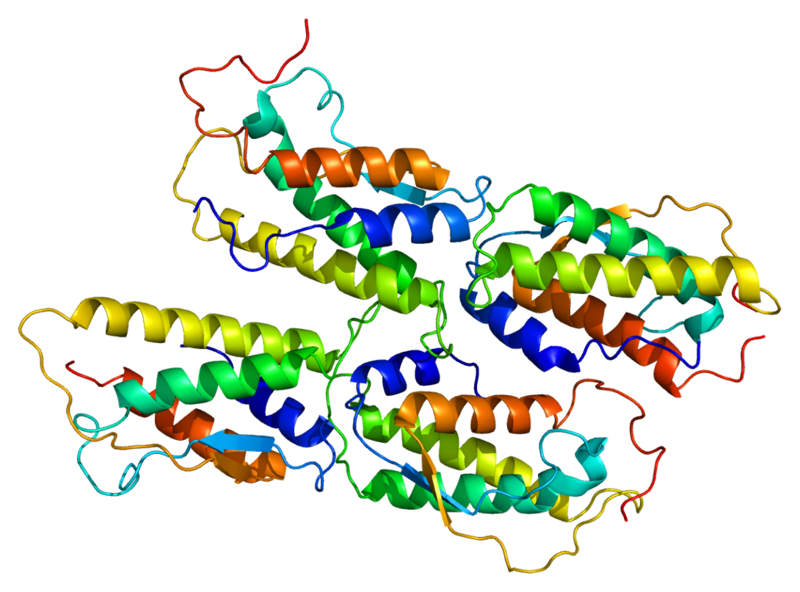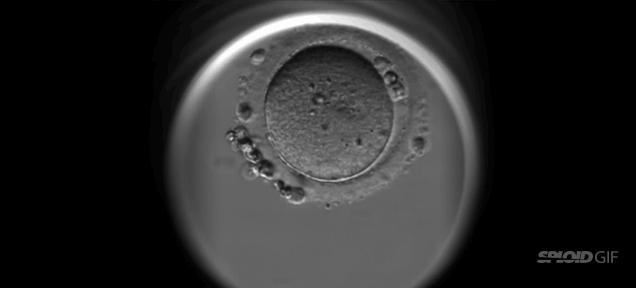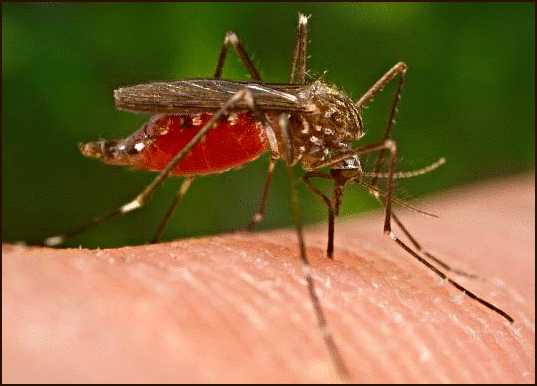Blonde hair is caused by low levels of melanin - the same dark
pigment that protects your skin from the sun.
Researchers have now found that a specific gene that encodes KIT ligand, known as
KITLG, is significantly associated with blond hair in Northern Europeans. This finding sheds light on the evolution of blonde hair.
 |
| KIT ligand protein structure |
KITLG is also known as a stem cell factor, playing an important role in the formation of blood cells (hematopoiesis), sperm cells, and melanin production. In mice, mutations in the coding region of
KITLG are lethal at worst, or they cause white fur color, anemia, and sterility. Interestingly, a non-coding mutation at a single nucleotide
upstream of the start site of
KITLG is responsible for blonde hair in Iceland and the Netherlands. This guanine substitution in place of the normal adenine nucleotide is prevalent in northern European populations, but virtually absent in African and Asian populations. This mutation alters the binding site for the LEF1 transcription factor, reducing transcription of
KITLG, and thus reducing its ability to make melanin in hair follicles. That single substitution means that in this position, the guanine codes for light hair, and the adenine codes for dark hair.
 |
consensus sequence showing
A/G substitution |
The authors, led by Dr. Catherine Guenther out of Stanford University, used human DNA spanning the blonde-associated region, fused it to a minimal promoter, and injected it into mouse embryos. Mice containing even one copy of a non-coding mutation upstream of
KITLG (shown below -SI
pan) had lighter coat colors than those without a mutation (shown below - +/+). Mouse fur color patterns were similar in
LEF1 knock-out mice - that is, mice that do not express the LEF1 transcription factor.
 |
Fur color in mice expressing non-coding mutation upstream
of KITLG. |
The regulatory region of
KITLG also effects the activity of a hair follicle enhancer. The A/G mutation in this region significantly alters the activity of this follicle enhancer. This may explain why (natural) blondes have significantly more hair on their heads: on average 30 000 more hairs than brunettes, and 60 000 more hairs than redheads.
So how did blonde hair evolve from this mutation? There are two explanations for the evolution of blondes: vitamin D requirements and rare-mate advantage.
In the vitamin D hypothesis, it is proposed that increasing migration to northern latitudes required an increase in sun exposure to ensure adequate vitamin D formation - hence lighter skin and hair color in Northern European populations. On the other hand, darker skin and hair colors among native northern populations, such as Inuit populations, opposes this idea.
It has also been proposed that blonde hair evolved after the last ice age as a form of sexual selection, when males were hard to find and blonde hair helped females stand out against their competition. However, it is more likely that blonde hair
evolved more than
once in human history.


























